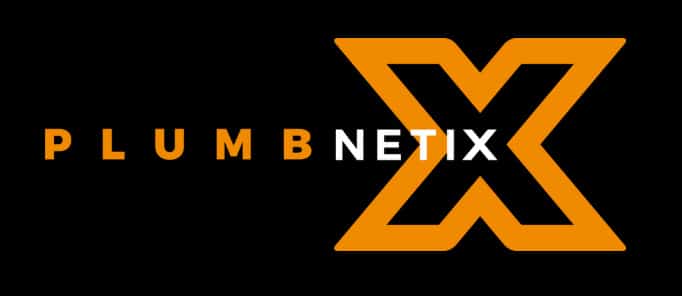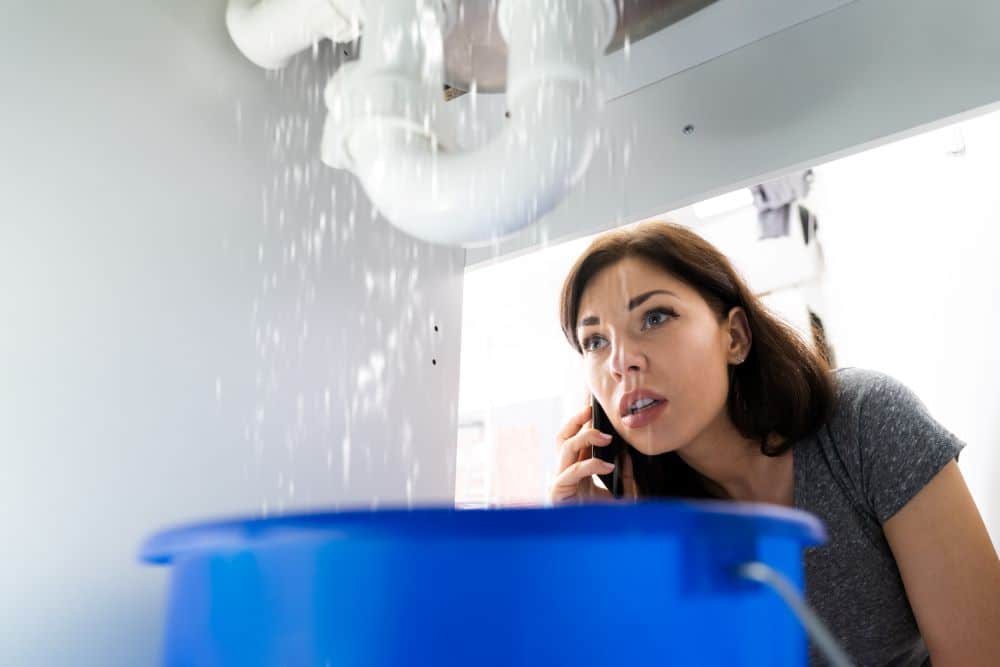Plumbing emergencies can disrupt the peace of any New Zealand home, but with preparation, you can confidently navigate unexpected issues.
This guide will help you understand common plumbing emergencies that we can help you with at Plumbnetix, your go-to plumber in Thames. As well as equip you with the tools, skills, and strategies needed to handle these situations effectively.
Understanding Common Plumbing Emergencies In New Zealand Homes
Plumbing emergencies can vary in nature and severity, but quickly identifying them is crucial for taking appropriate action. Here are some common plumbing emergencies that you may encounter in your New Zealand home:
Burst pipes
Burst pipes are a frequent occurrence, especially during colder months. When the water inside pipes freezes, it expands, causing pipes to crack or burst. As temperatures rise, the thawing process may reveal the damage, resulting in flooding and potential damage. Signs of burst pipes include:
- Water coming from walls, ceilings, or floors.
- Unexplained dampness or water stains.
- Reduced water pressure in faucets.
Blocked drains
Blocked drains can escalate from minor annoyances to major problems if not addressed promptly. Common causes of blockages include grease buildup, hair, soap residue, and foreign objects. Blocked drains can lead to backups, foul odours, and burst pipes. You may have a blocked drain if you notice any of the following issues:
- Slow drainage or standing water in sinks, showers, or tubs.
- Gurgling sounds are coming from the drains.
- Unpleasant odours emanating from drains.
Gas leaks
Gas leaks are the most hazardous plumbing emergency and require immediate attention. Leaking gas can lead to fires, explosions, and health risks due to inhalation of toxic fumes. Gas leaks can originate from faulty connections, aging pipes, or improper installations. Signs of a gas leak include:
- A distinct, sulphur-like odour
- Hissing or hissing sounds near gas lines or appliances.
- Dead or dying vegetation near gas lines.
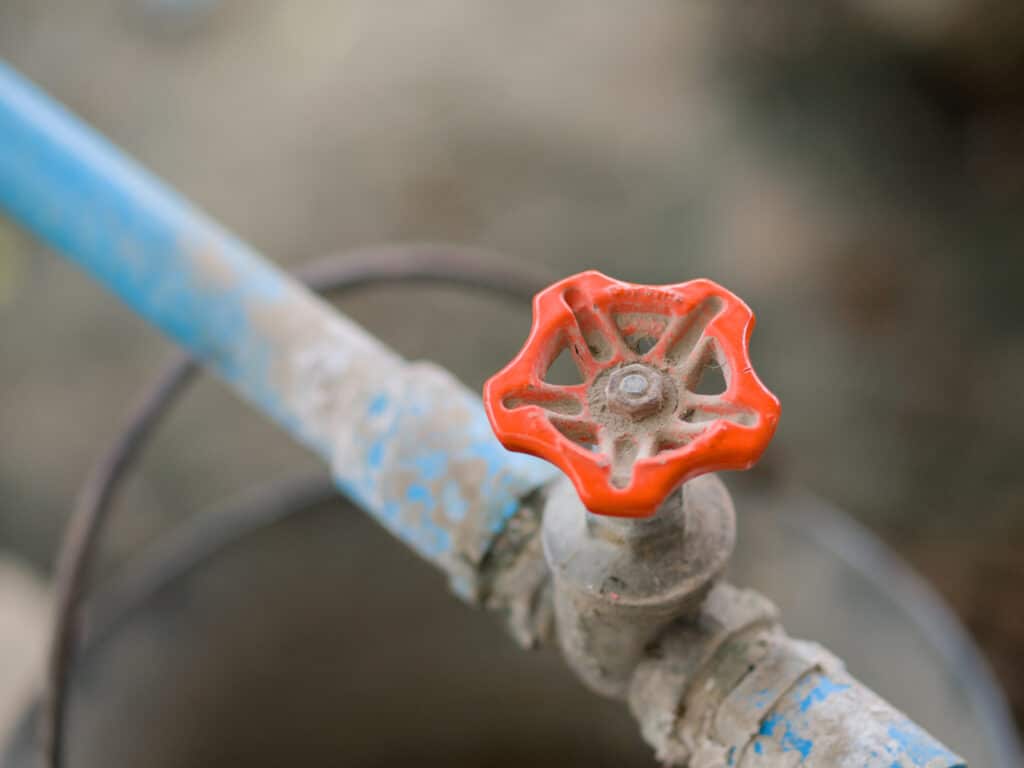
Essential Tools And Supplies For Handling Plumbing Emergencies
Building an emergency plumbing toolkit is essential to approach potential plumbing emergencies proactively. The right tools and supplies can differentiate between containment and chaos during a plumbing emergency. Here’s a list of items to include in your emergency plumbing toolkit:
Essential tools for quick fixes
- Pipe wrenches of various sizes for tightening and loosening pipes.
- Adjustable pliers for gripping and turning pipes and fittings.
- Pipe repair clamps to temporarily seal leaks.
- Plungers for dislodging minor drain clogs.
- Bucket or container to catch water from leaks.
- Heavy duty gloves
- Flashlight with extra batteries
Quick Diy Fixes For Immediate Relief
A proactive response can make a significant difference when faced with a plumbing emergency. Temporary solutions can prevent further damage until a professional arrives. Here are some quick solutions for addressing common plumbing emergencies. Please note all suggestions are temporary fixes.
Patching leaks with specialised tapes
Self-fusing silicone tape can create a waterproof seal around leaking pipes. If you discover a minor leak in a pipe under your sink, stretch and wrap the tape around the damaged area, and it will fuse to create a tight bond.
Applying self-fusing silicone tape tightly around the leaking area can temporarily stem the water flow, preventing further water damage.
Using plungers to dislodge clogs
Use a sink plunger to unclog sinks, showers, and tubs. Ensure a tight seal around the drain, creating a vacuum effect and plunge, which will dislodge the clog, allowing water to flow freely again.
Relighting gas appliances safely
Gas appliance safety: If a gas appliance’s flame extinguishes, follow the manufacturer’s instructions to relight it safely. Always ensure proper ventilation and avoid using appliances if you suspect a gas leak.
Steps To Take Before Calling Plumbnetix
Before reaching out to us at Plumbnetix, your local Thames plumber, there are vital steps you should take. In case of a leak, locate and shut off the main water supply promptly to minimise flooding.
Similarly, you must shut off the gas supply and ensure proper ventilation if a gas leak is suspected. The following are some steps to take before an emergency plumber arrives.
Shut off the main water supply.
Locate the main water shut-off valve in your home. It’s typically located near the water meter or where the water line enters your property. Turn the valve clockwise to shut off the water supply.
Dealing with gas leaks
If you detect a gas leak, leave the area immediately and do not use any electrical switches or appliances. Even a tiny spark could ignite the gas. Locate the gas shut-off valve outside your home. Use a wrench to turn the valve perpendicular to the gas line, effectively shutting off the gas supply.
Open doors and windows to ventilate the area. Only re-enter once a professional can verify that it’s safe.
When To Call A 24/7 Emergency Plumber
Certain circumstances require immediate professional intervention. Significant pipe bursts, severe sewage backups, persistent gas odours, and sudden loss of water pressure are all clear indicators that urgent attention is needed. Delaying repairs could worsen the situation and lead to more extensive damage.
Recognising urgent plumbing situations
- Significant pipe bursts: If a pipe has burst and is releasing a large amount of water, it’s an urgent situation that requires immediate attention.
- Severe sewage backups: Backed-up sewage can pose health hazards and should be addressed promptly by a professional.
- Persistent gas odours: If you smell gas and cannot locate the source or remedy the issue yourself, we recommend calling an emergency plumber
- Sudden loss of water pressure: A sudden drop in water pressure could indicate a serious leak or other issues within your plumbing system.
Preventing Future Plumbing Emergencies
While emergencies are unpredictable, proactive maintenance can significantly reduce their occurrence. You can check out more of our tips here. Routine checks help identify potential issues before they escalate. During colder months, insulate pipes to prevent freezing, and consider scheduling regular drain cleaning and maintenance to avoid blockages.
Routine maintenance for plumbing health
Regularly inspect your home’s pipes, faucets, and connections for signs of leaks or corrosion. Testing shut-off valves to ensure they’re functioning correctly is also helpful. Also, schedule annual professional inspections to identify and address minor issues before they become emergencies.
Insulating pipes for cold weather protection
Use pipe insulation sleeves or heat tape to protect exposed pipes from freezing temperatures. Focus on pipes in unheated areas, such as basements, attics, and crawlspaces. Proper insulation and protection can prevent burst pipes during the winter months.
Regular drain cleaning and maintenance
Schedule professional drain cleaning to remove buildup and prevent blockages. You should avoid pouring grease, oil, or large food particles down drains to prevent blockages. Use drain strainers to catch debris and prevent it from entering your plumbing system.
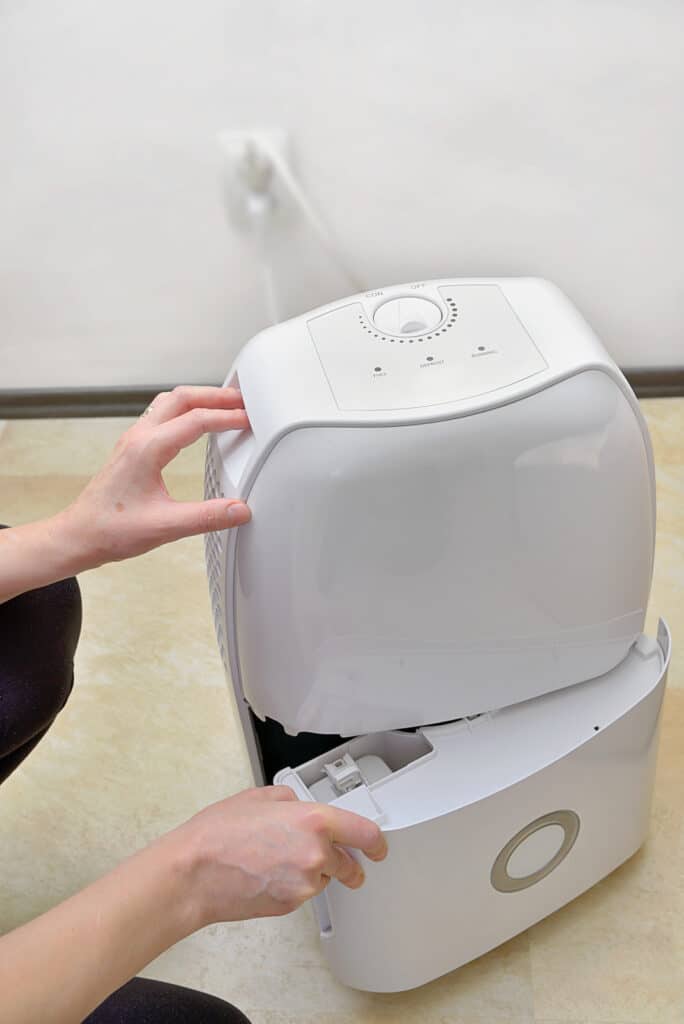
Handling Water Damage After A Plumbing Emergency
Water damage can pose a significant threat. To prevent mould growth, begin by drying and dehumidifying the affected areas. Effective mould prevention and remediation strategies are also essential to mitigate further complications.
Drying and Dehumidifying Affected Areas
The following are good tips to work through when it comes to removing excess moisture:
- Use towels, mops, and wet vacuums to remove standing water.
- Place fans and dehumidifiers in affected areas to dry them.
- Monitor humidity levels and ensure that affected spaces are adequately ventilated.
Assessing and Repairing Water-Damaged Structures
Inspect walls, ceilings, floors, and structural components for signs of water damage, such as warping or discolouration. Once you have identified the problem areas, replace the damaged materials to restore the integrity of your home’s structure. In cases of extensive damage, you will need to consult with us your professional Thames plumber.
Mould Prevention and Remediation
Act quickly to prevent mould growth, as mould growth can begin within 24–48 hours after water damage occurs. To avoid this, clean and disinfect the affected areas using appropriate cleaning solutions. If mould is present, seek professional remediation services to ensure thorough removal.
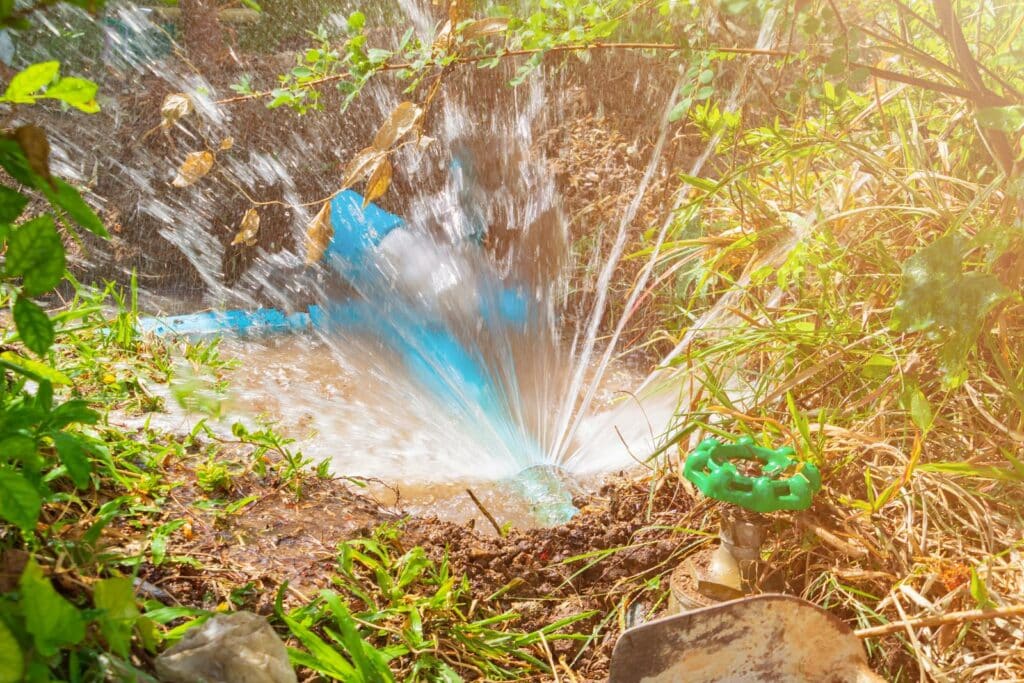
Conclusion: Plumbing Emergencies
By understanding common issues, possessing the right tools, and discerning when to enlist professional assistance, you can effectively manage and minimise the impact of plumbing emergencies in your Thames home. Proactively caring for your plumbing system is the best approach to minimise damage.
By understanding common plumbing emergencies, having a well-equipped toolkit, and learning basic DIY fixes, you’re better prepared to tackle unexpected challenges in your home.
Plumbing emergencies are inevitable, so Plumbnetix plumbers are always here to help. We are based in Thames and will be ready to help with any plumbing needs. Contact us at Plumbnetix today.
